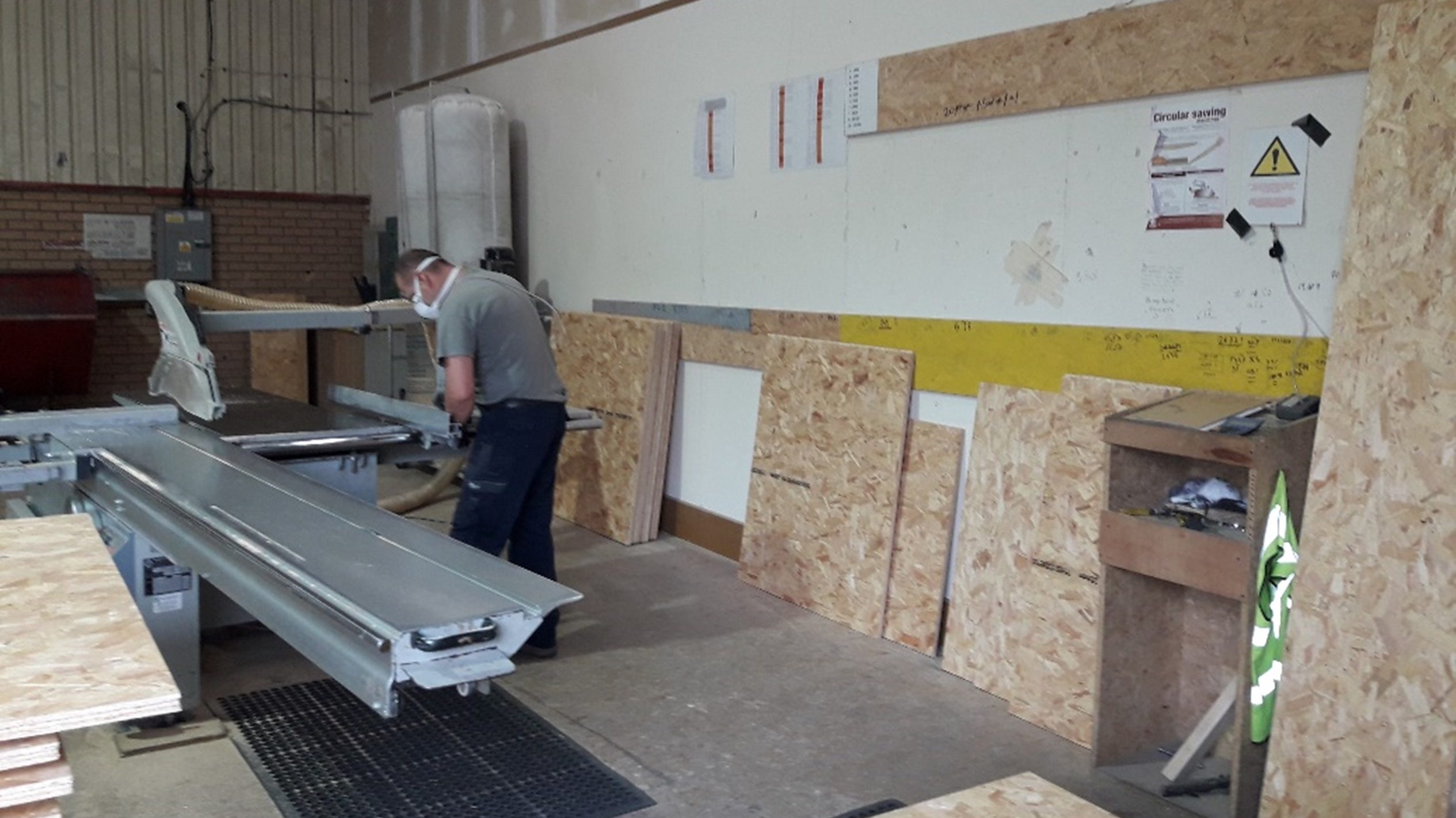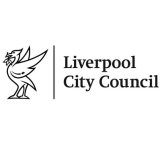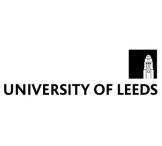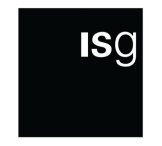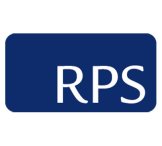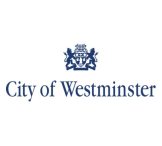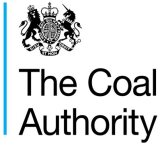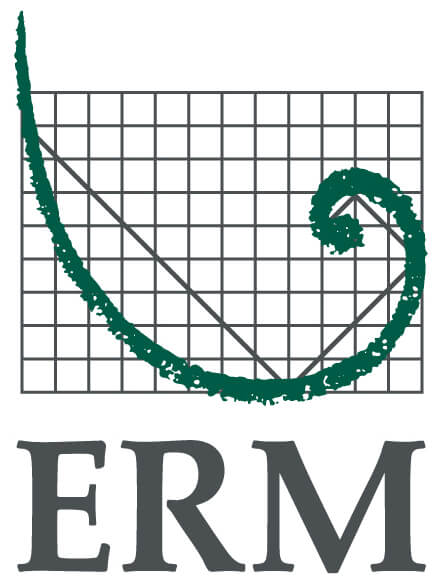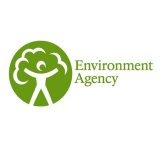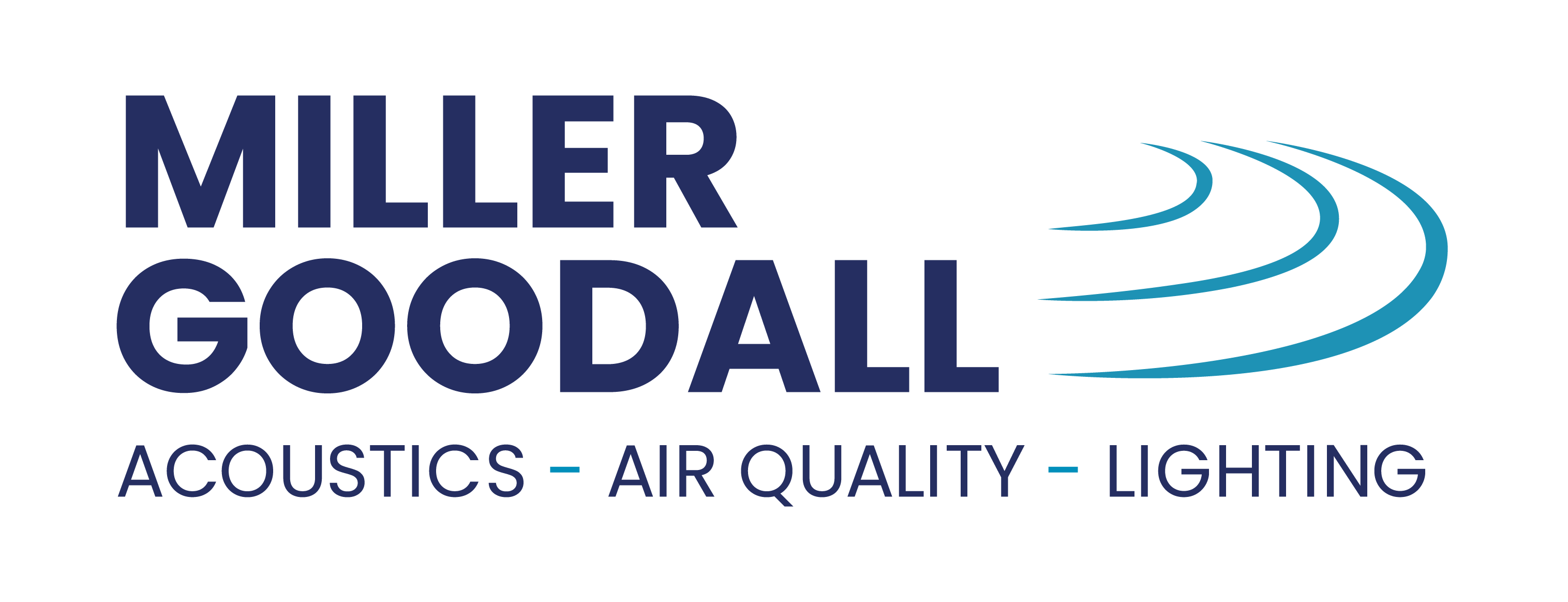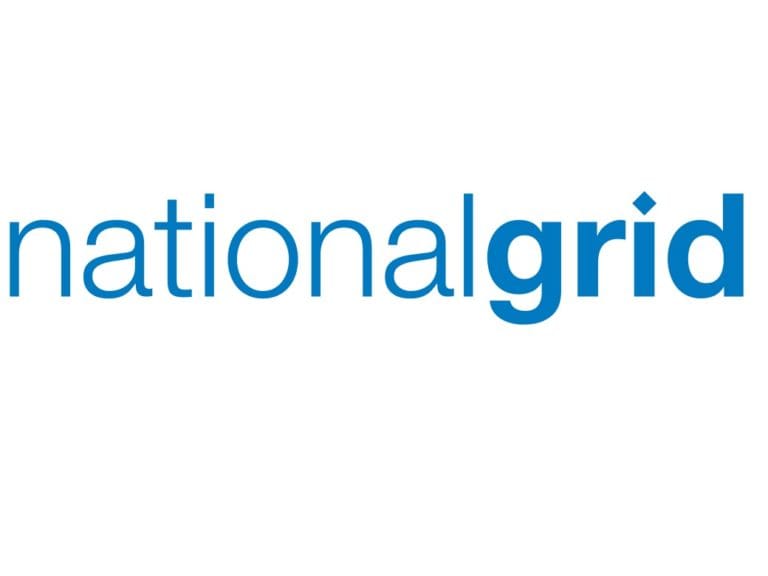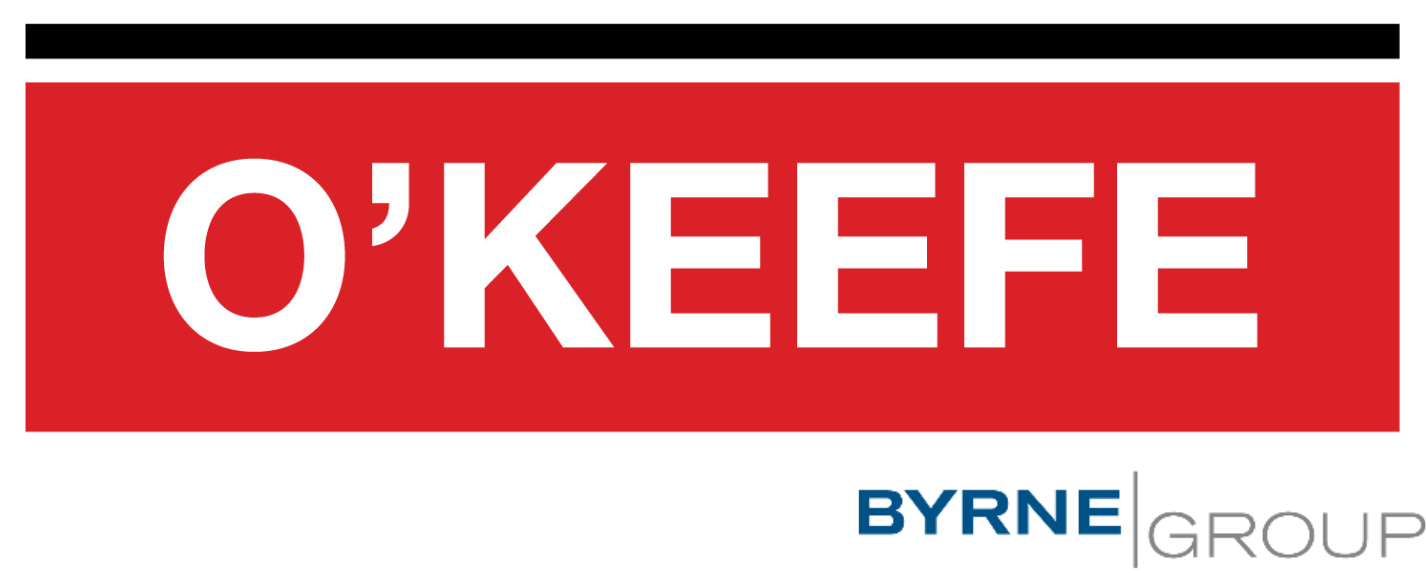Indoor Air Quality
DustScanAQ carry out indoor air quality testing and assessments in industrial, commercial, educational and public premises. We typically monitor the concentrations of airborne pollutants such as fine particulate matter (PM10 and PM2.5), gases (such as carbon dioxide (CO2)) and volatile organic compounds (VOC) using a variety of indoor air quality monitoring equipment and UKAS accredited partner laboratories. We compare the results of our monitoring to indoor air quality guidelines, such as those published by the WHO and ventilation performance guidelines such as those included in the Building Regulations ADF1 and those recommended by CIBSE.
Indoor Air Quality Monitoring
Indoor air quality affects the health, comfort and wellbeing of building occupants and visitors. Poor indoor air quality has been linked to a condition known as Sick Building Syndrome and other health concerns, reduced productivity and impaired learning in educational settings. We spend most of our time indoors and indoor pollutant sources are often overlooked.
While some pollutants impacting indoor air quality can originate from outdoor/ambient sources (e.g., traffic emissions including particulates, nitrogen dioxide (NO2) and carbon monoxide (CO)), many can be generated indoors by cooking, solid-fuel burning, new furnishings or decoration, cleaning products, air fresheners, people and pets.
We regularly carry out indoor air quality testing to investigate the following:
- Ventilation effectiveness/performance in educational and office environments, typically by monitoring CO2 levels during occupied periods.
- Post construction/pre-occupation VOC (inc. formaldehyde) concentrations (e.g., for BREEAM).
- General school building indoor air quality with reference to BB101.
- General office air quality to investigate the concerns of building occupants relating to health symptoms and/or pollution ingress.
Damp and mould concerns by monitoring bioaerosols. - Ground gas (e.g., radon (Rn), methane (CH4) and CO2) levels.
Complete Service
We offer a complete service when it comes to indoor air quality monitoring. We set up and supervise the sampling equipment ourselves and provide a professional and impartial approach. Whilst undertaking the monitoring we review the building’s ventilation arrangements and occupant activities, and record potential pollutant sources. This information helps us make building-specific recommendations in our reports.
We try to be as discreet as possible when carrying out indoor air quality testing surveys to minimise disturbance to building occupants. This is especially important in educational settings. Whilst it is important in most cases to sample during occupied periods, as some sampling equipment produces noise, we always work closely with our clients to ensure we specify the most appropriate monitoring methods for both the application and the testing environment. Most surveys can be undertaken during typical working hours although for some investigations, longer term continuous indoor air quality monitoring is required.
Our indoor air quality consultants hold appropriate professional memberships (e.g., Institute of Air Quality Management (IAQM) and British Occupational Hygiene Society (BOHS)) and have experience of conducting over 400 monitoring surveys at a wide range of sites.

Andrew Green
(BSc, CSci, AFOH, MIEnvSc, MIAQM)
Principal Consultant
Discuss your requirements with our Principal Consultant
If you would like to discuss any of your Indoor Air Quality needs with our Principal Consultant we can organise an initial call to understand your exact requirements.
Please call us on +44 (0)1608 810110 or email Andrew using the email button below.
Case Studies
The business was formed in 2004

We are employee owned

Over 145,000 samples analysed


